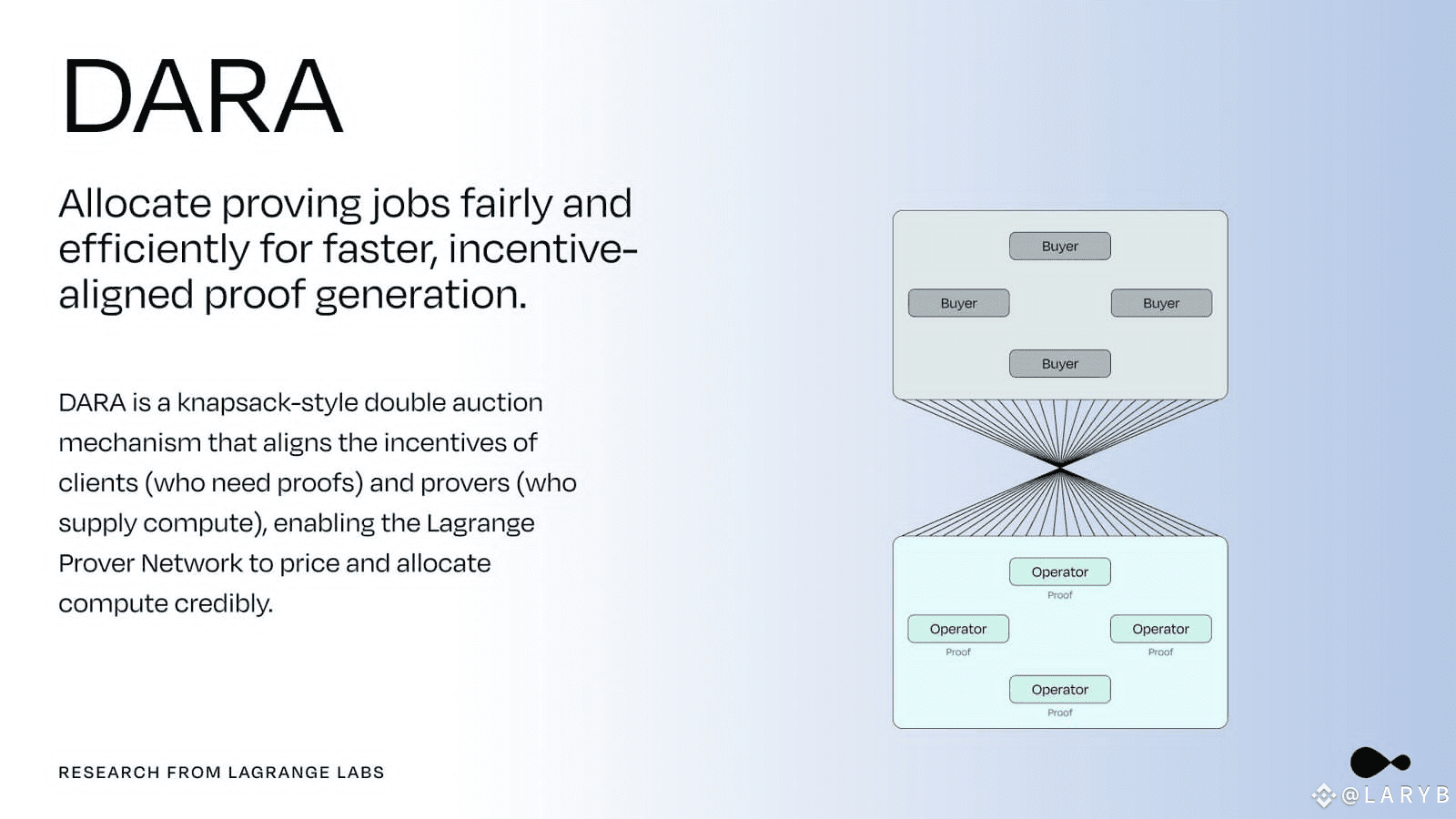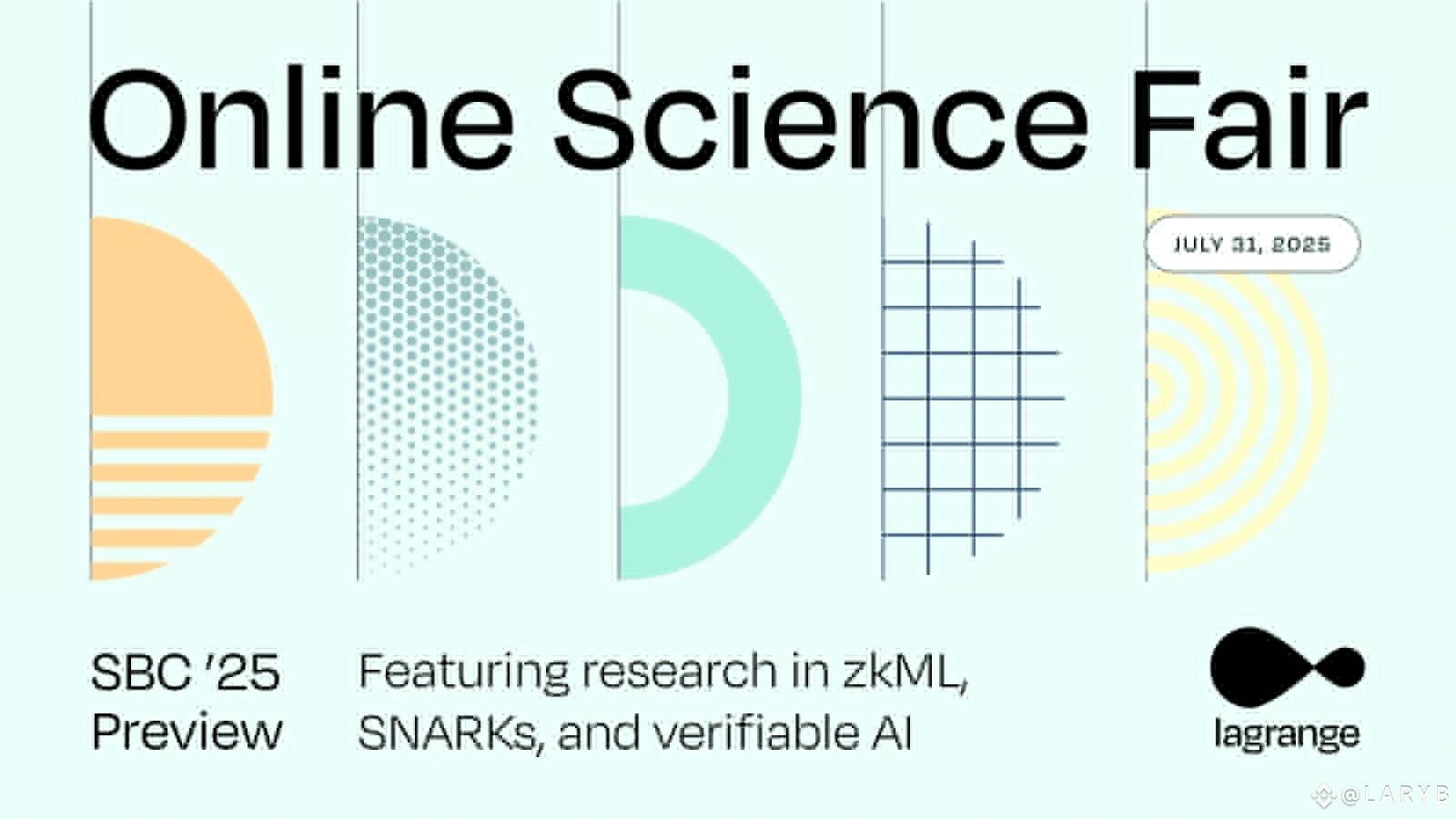Overview
Lagrange is a blockchain interoperability protocol designed to enable secure, verifiable computation across multiple blockchain networks. It focuses on solving the problem of fragmented blockchain data and functionality by using zero-knowledge proof technology to validate results without requiring trust in intermediaries.
Core Functions
• Cross-Chain Data Queries – Retrieve and verify information from different blockchain ecosystems.
• Proof Validation Layer – Cryptographically confirm that computations were performed correctly.
• Developer Integration Tools – SDKs and APIs to streamline multi-chain development.
Architecture
• At its core, Lagrange uses a modular proof generation system to handle a wide range of computations.
• These proofs can be verified by any blockchain connected to the network, enabling trustless interoperability.
• The system is designed for privacy preservation, ensuring that while results are provable, sensitive information remains hidden.
Features
• Performance Efficiency – Optimized proof generation for minimal computational and bandwidth overhead.
• Extensibility – Built to integrate with both current and future blockchain protocols.
• Security Focused – Eliminates reliance on centralized validators or bridge operators.
Use Cases
• Multi-chain decentralized finance (DeFi) platforms that require liquidity data from different networks.
• NFT marketplaces that aggregate ownership data across chains.
• Cross-chain gaming platforms that synchronize player progress.
Ecosystem Impact
By providing a universal verification layer, Lagrange reduces blockchain fragmentation, fosters interoperability, and expands the potential scope of decentralized applications.

Conclusion
• In the evolving landscape of Web3, the ability to operate seamlessly across blockchains is no longer optional — it’s essential.
• Lagrange offers a verifiable, scalable, and future-proof foundation for that interconnected future.
#Lagrange @Lagrange Official $LA
